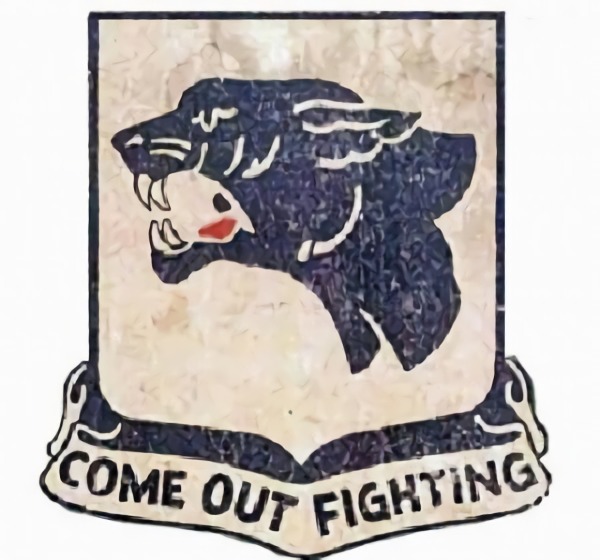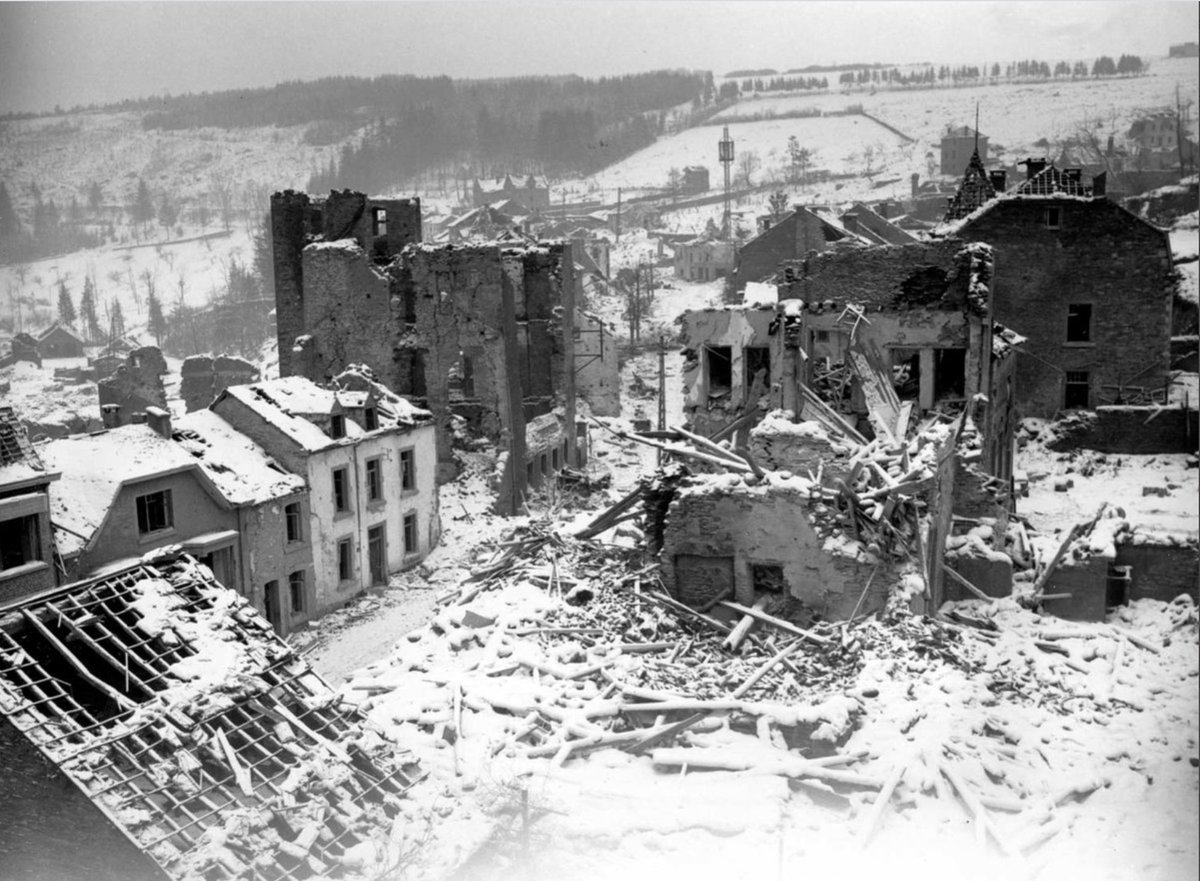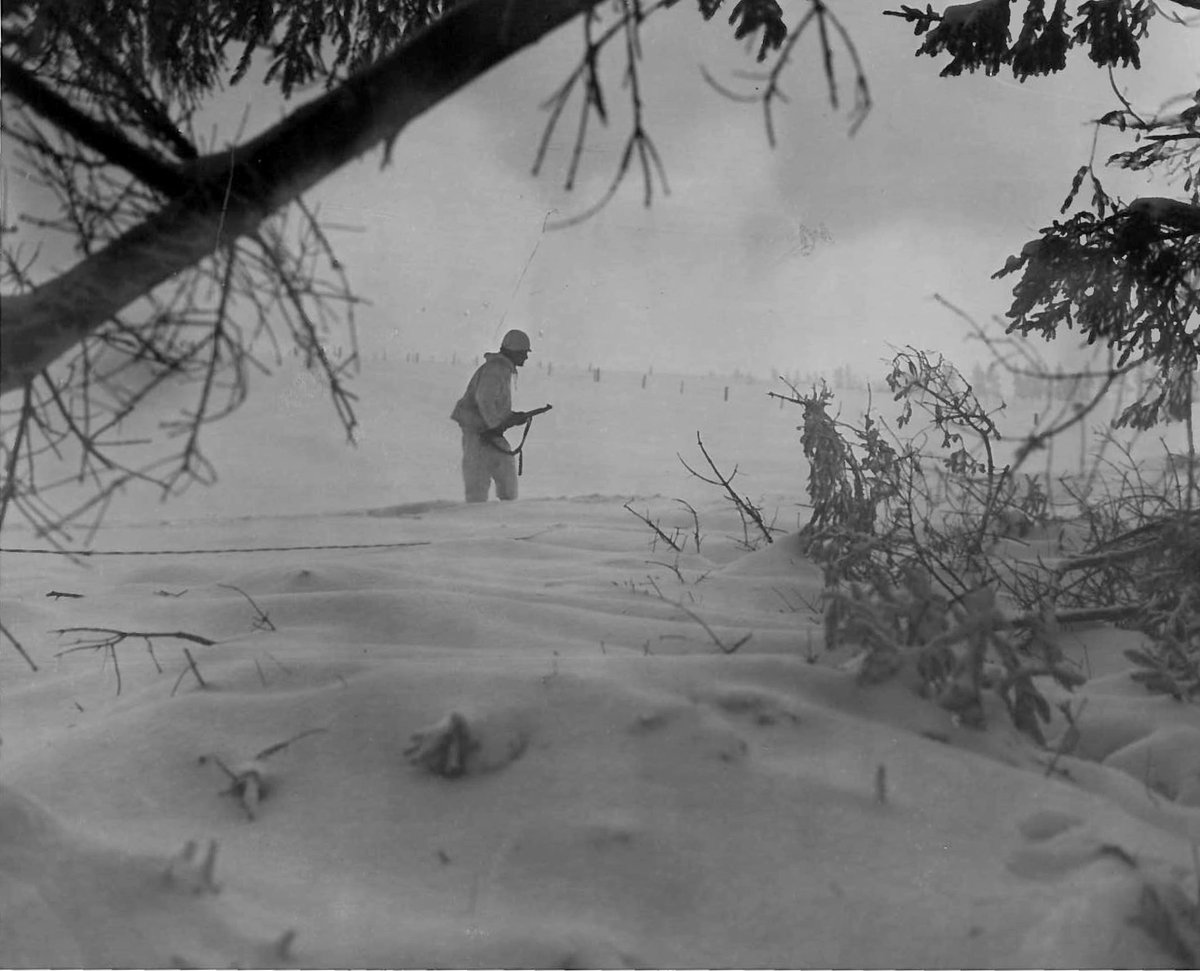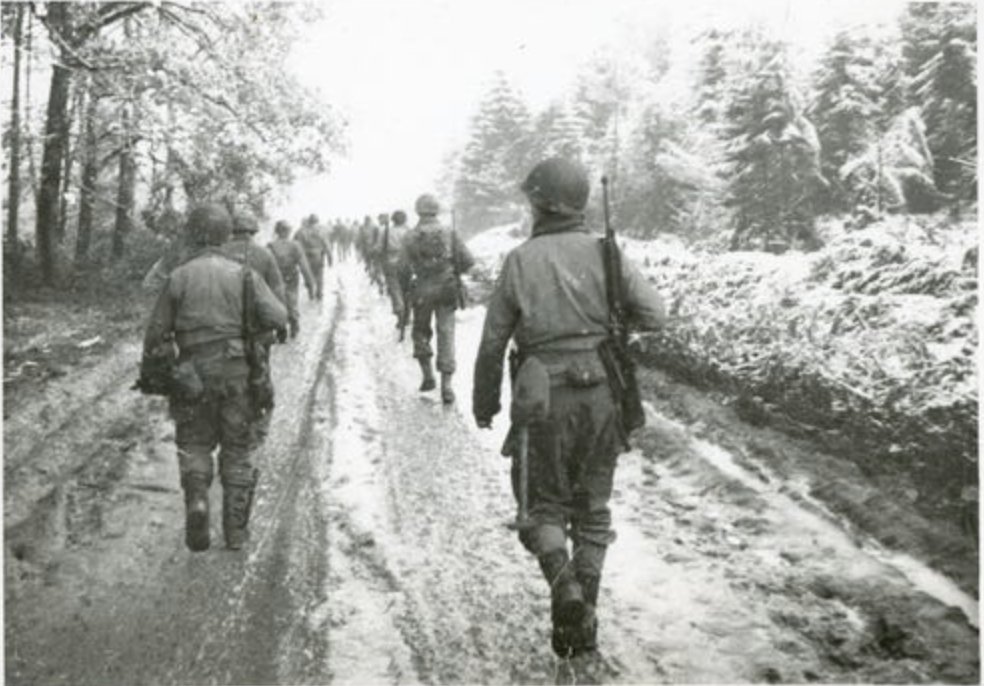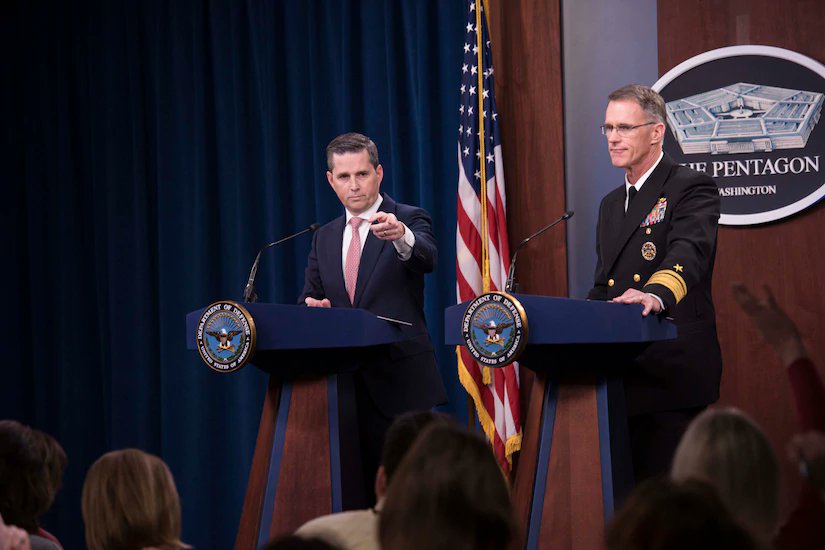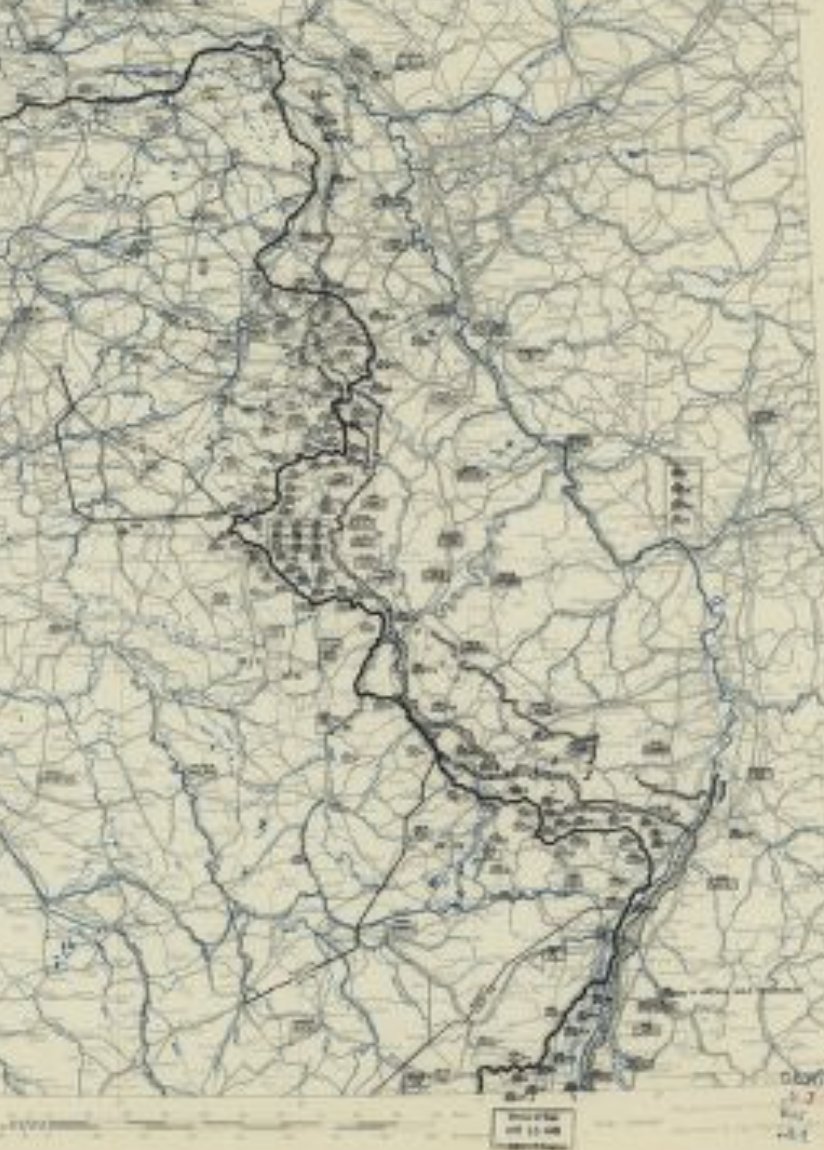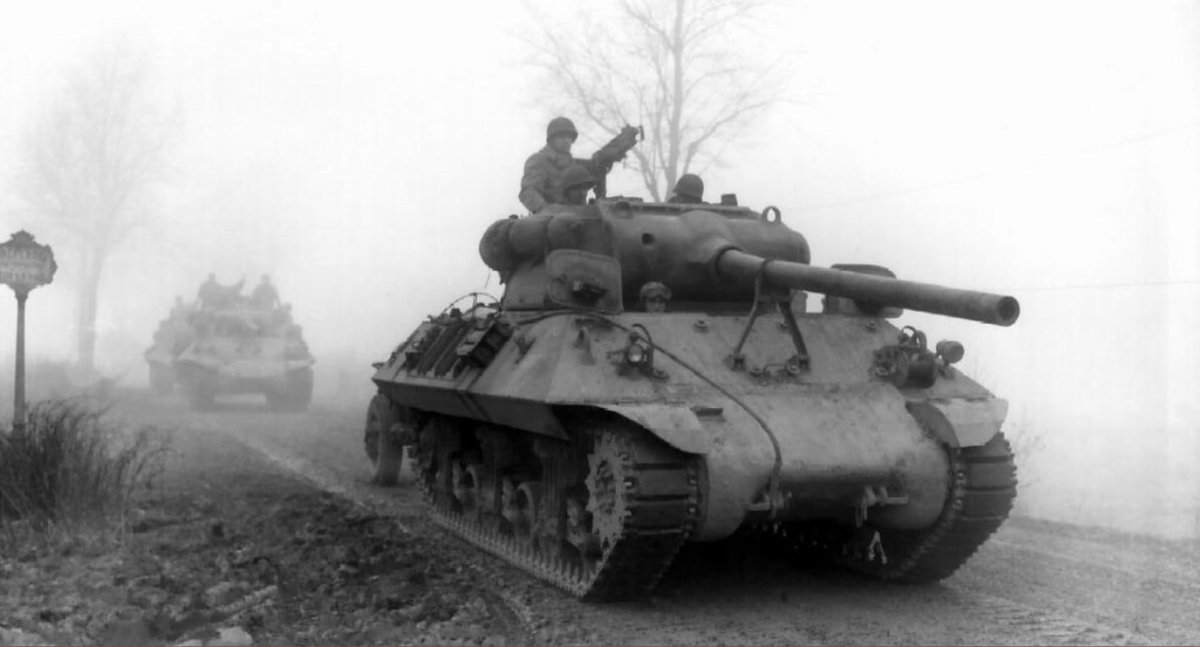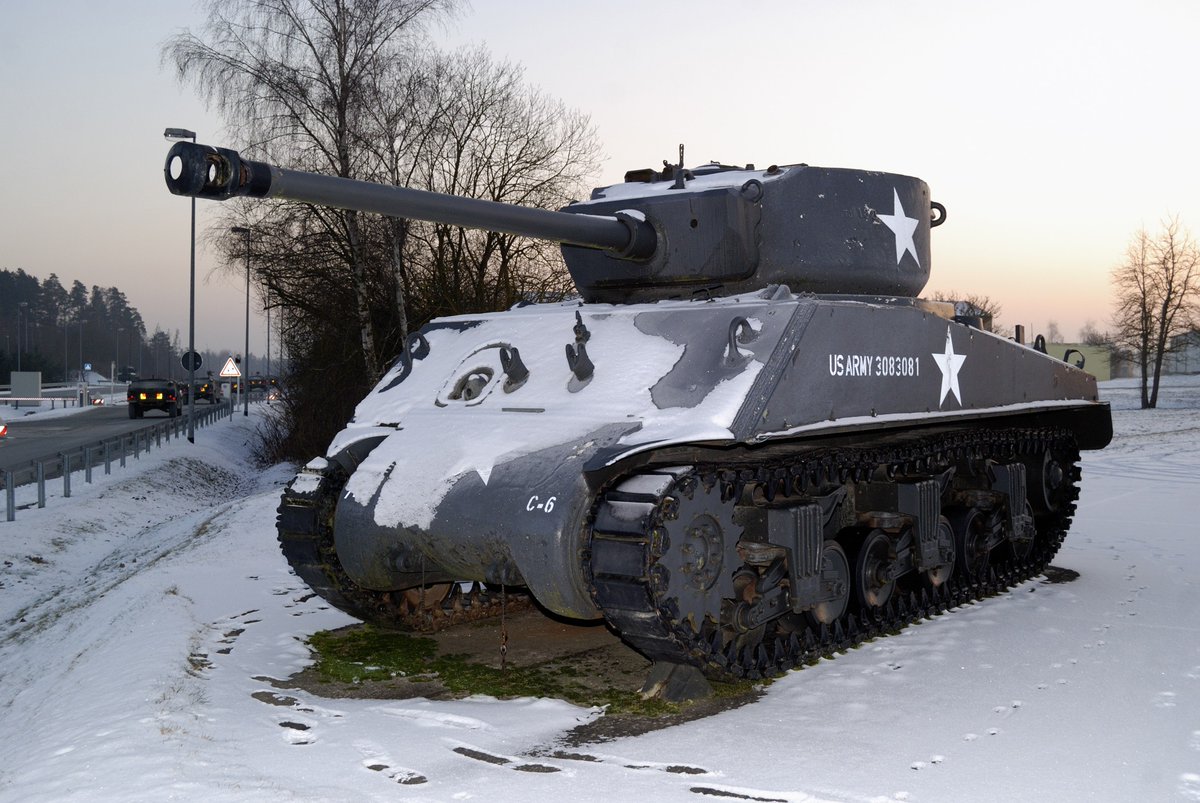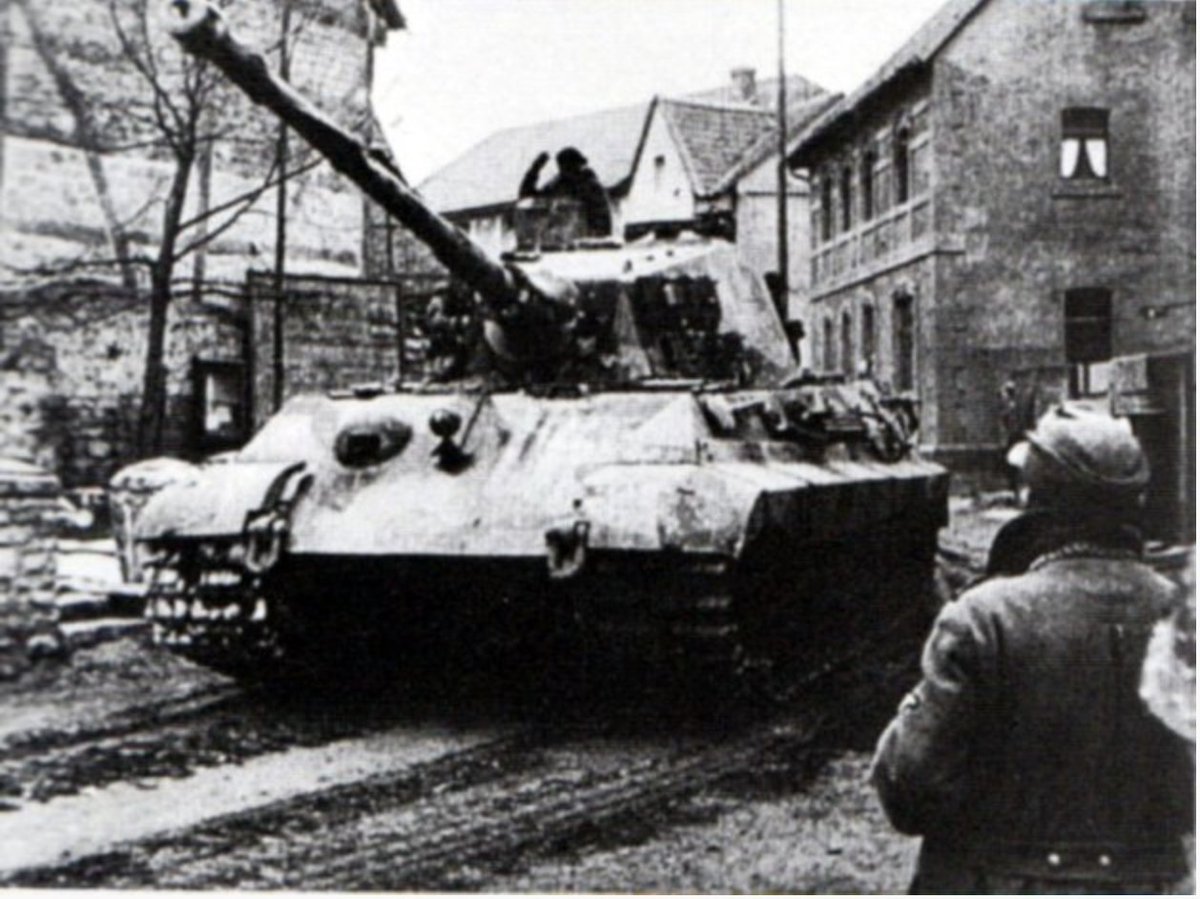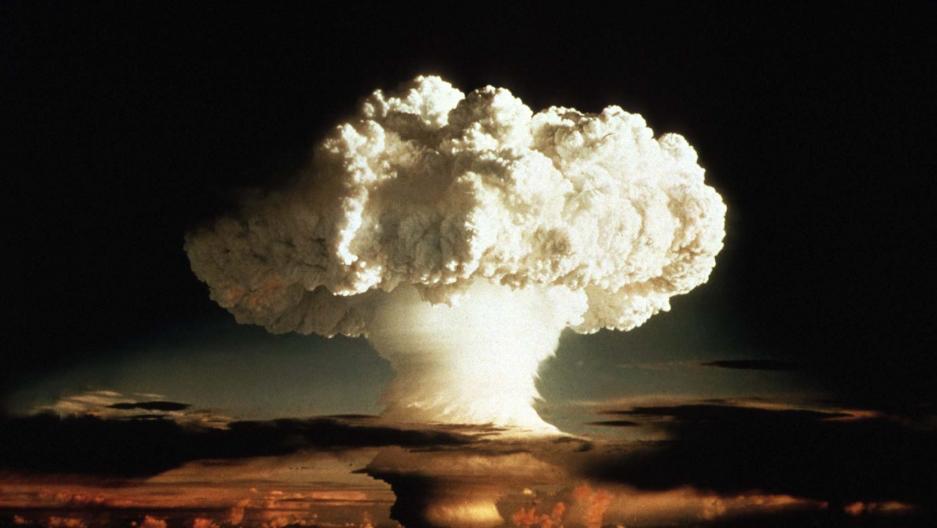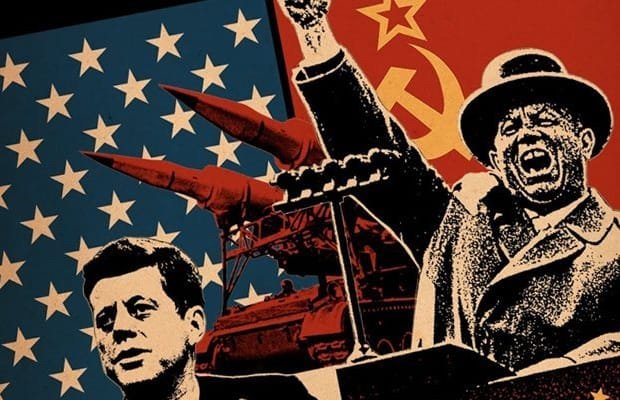
[1 of 8]
Back to our ongoing commemoration of the Battle of the Bulge.
It's Day 33 and we cannot overstate how bad the situation is for the Germans.
Back to our ongoing commemoration of the Battle of the Bulge.
It's Day 33 and we cannot overstate how bad the situation is for the Germans.
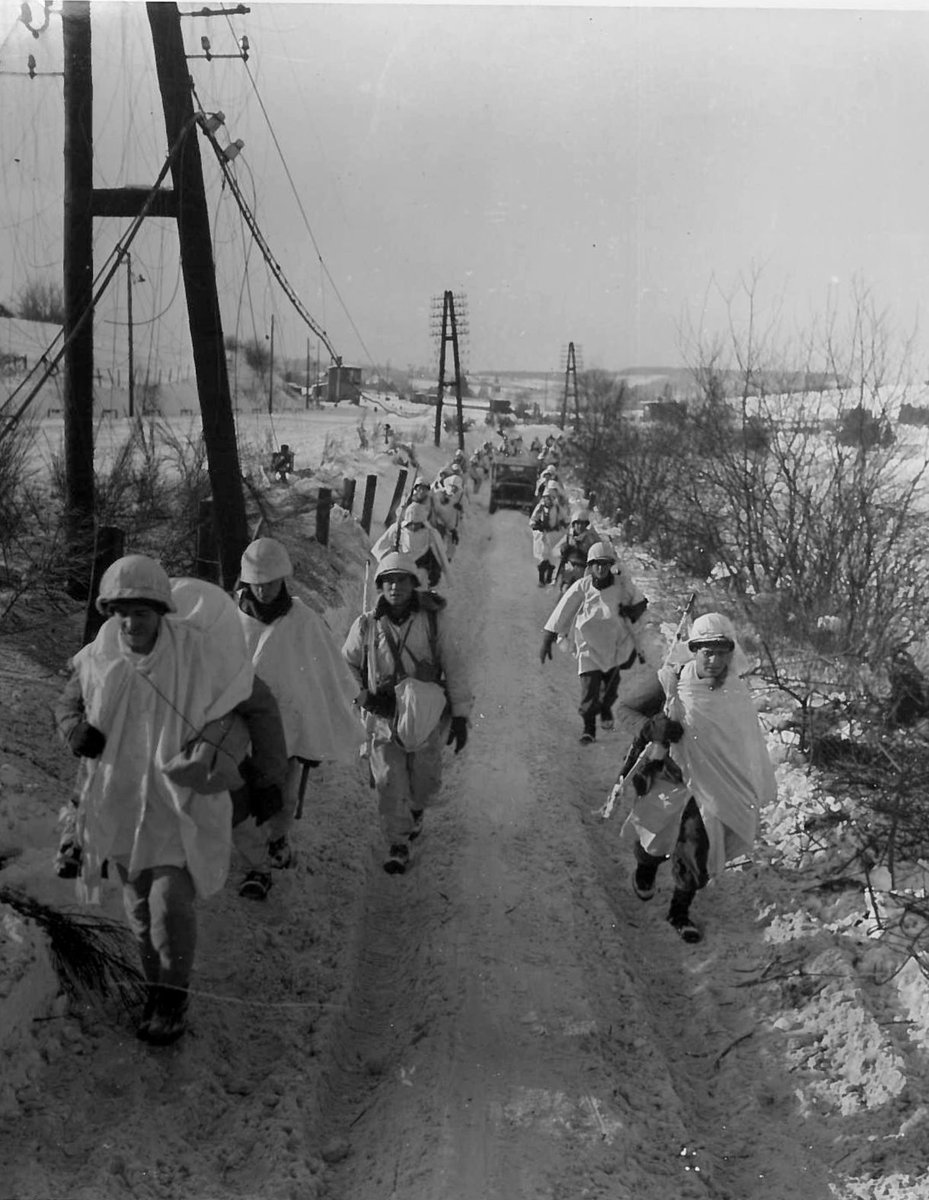
[2 of 8]
First of all, in the Ardennes, the First Army (from the North) meets the Third Army (from the South) in the middle of the bulge and starts plowing through Panzer forces west of Bastogne.
The Allies have also sealed off any escape route to the east.
First of all, in the Ardennes, the First Army (from the North) meets the Third Army (from the South) in the middle of the bulge and starts plowing through Panzer forces west of Bastogne.
The Allies have also sealed off any escape route to the east.

[3 of 8]
But along the eastern front, things are even worse.
You see, the Red Army is an absolute steamroller, smashing through German forces there with 180 divisions and more than 9,000 aircraft.
In some fights, the Soviets outnumber the Germans 5 to 1.
But along the eastern front, things are even worse.
You see, the Red Army is an absolute steamroller, smashing through German forces there with 180 divisions and more than 9,000 aircraft.
In some fights, the Soviets outnumber the Germans 5 to 1.

[4 of 8]
In the Ardennes (the western front), the Germans are getting routed, are out of fuel, and have no place to go.
In Kraków and Poznań (the eastern front), the Soviets are gobbling up territory like Pac-Man.
In the Ardennes (the western front), the Germans are getting routed, are out of fuel, and have no place to go.
In Kraków and Poznań (the eastern front), the Soviets are gobbling up territory like Pac-Man.

[5 of 8]
Plowing through understrength German battalions, the Soviets take Warsaw, Poland 76 years ago today.
Hitler now knows he miscalculated not only the resolve of the American Soldier but also the strength of the Red Army.
Plowing through understrength German battalions, the Soviets take Warsaw, Poland 76 years ago today.
Hitler now knows he miscalculated not only the resolve of the American Soldier but also the strength of the Red Army.

[6 of 8]
Hitler gambled on a big counteroffensive in the Ardennes in part because he thought he would win the eastern front without any reinforcement.
Hitler gambled on a big counteroffensive in the Ardennes in part because he thought he would win the eastern front without any reinforcement.
[7 of 8]
You see, Hitler put all his eggs in the Ardennes basket. He thought he would focus there while the Eastern front would basically take care of itself.
Well, not if this intense-looking Soviet Air Defense gunner has anything to say about it.
You see, Hitler put all his eggs in the Ardennes basket. He thought he would focus there while the Eastern front would basically take care of itself.
Well, not if this intense-looking Soviet Air Defense gunner has anything to say about it.

• • •
Missing some Tweet in this thread? You can try to
force a refresh




